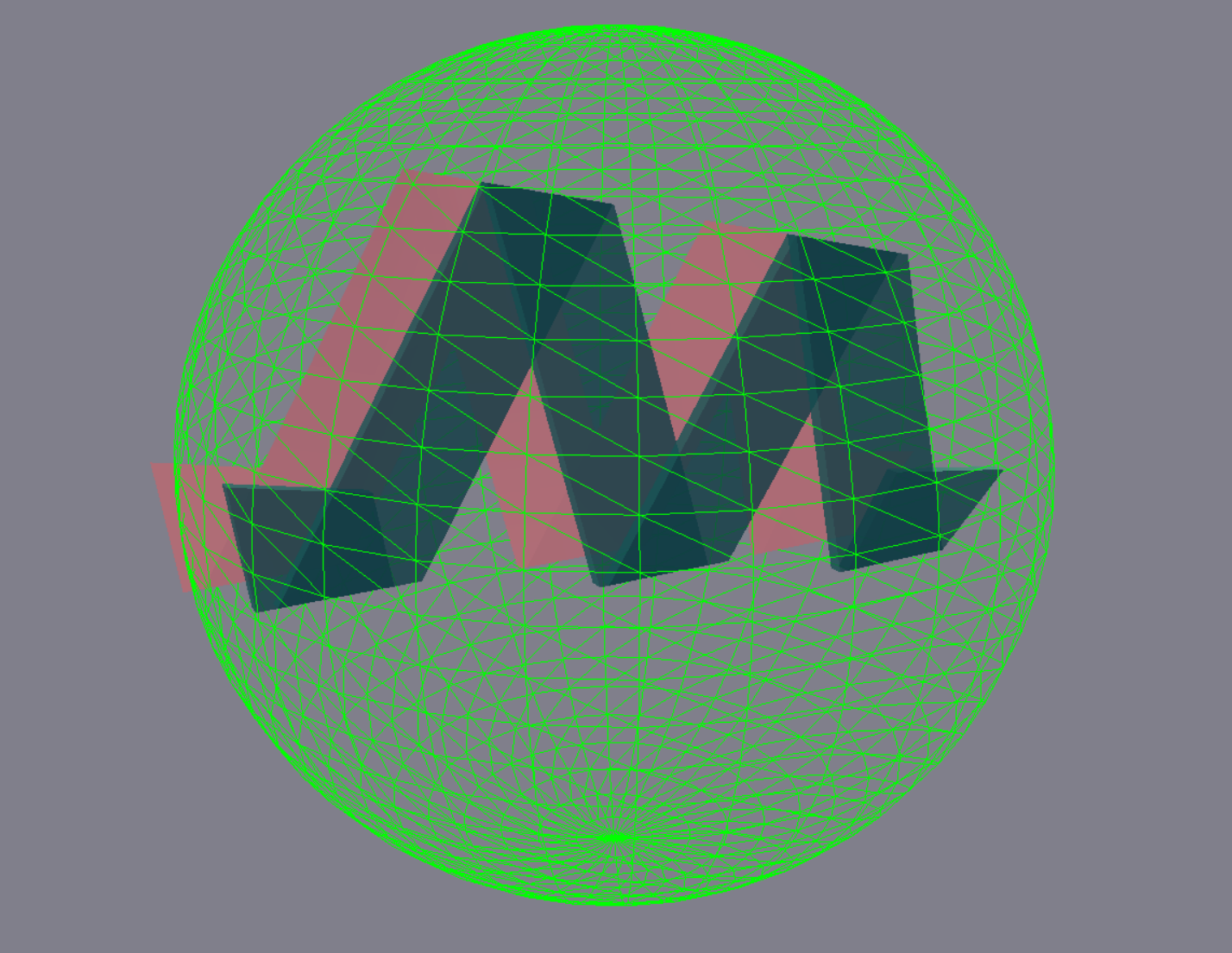Cultural organizations are under extreme pressure as visitor admissions in cultural spaces have been diminished due to the coronavirus pandemy. Cultural heritage (CH) institutions, galleries, and artists have to find alternative ways to attract audiences. One way to deal with the crisis is through the emerging 3D technologies. Digital innovation can help towards various goals such as education, dissemination, and monetization of artistic creations and can potentially lead into a sustainable digital product. As technology progresses, virtual experiences become part of societal life. This does not only mean that people spend more time in virtual experiences such as 3D games, AR apps, and VR immersive games, but also seek the reflection of virtual experiences in each part of their lives, including traditional media. Art and CH in general need also to conform with this ‘virtual reality’ norm so as not to risk losing part of their audience. Museums, galleries, and other stakeholders in CH are in need of tools that will allow their content to be consumed through virtual experiences such as games, VR, AR and blended versions of them, so as to attract their audience. Digital platforms such as Instagram, TikTok, and Facebook have realized this need and offer tweaks such as live facial AR masks, aging filters, and graphic overlays. Yet, their capabilities and operation is fully controlled by central authorities. To address this, MediaVerse aims to decentralize 3D media creation and promotion.


